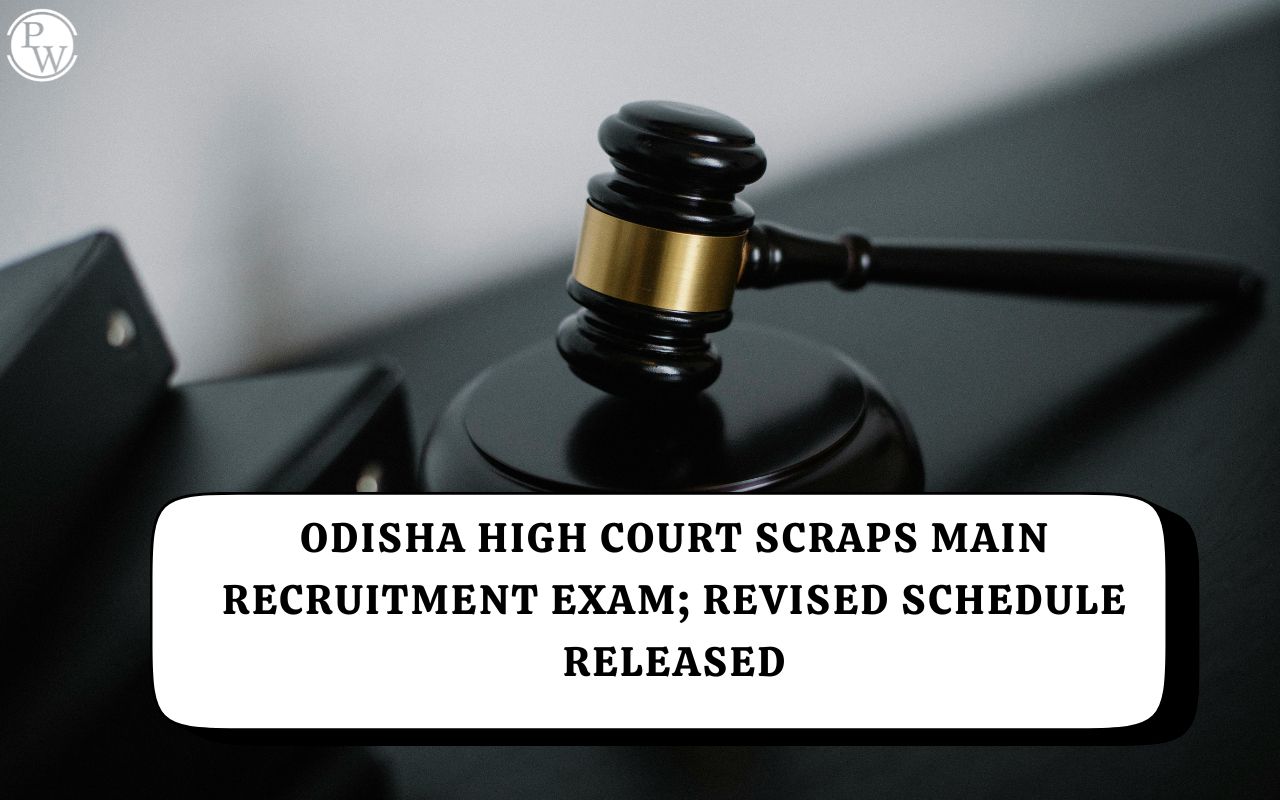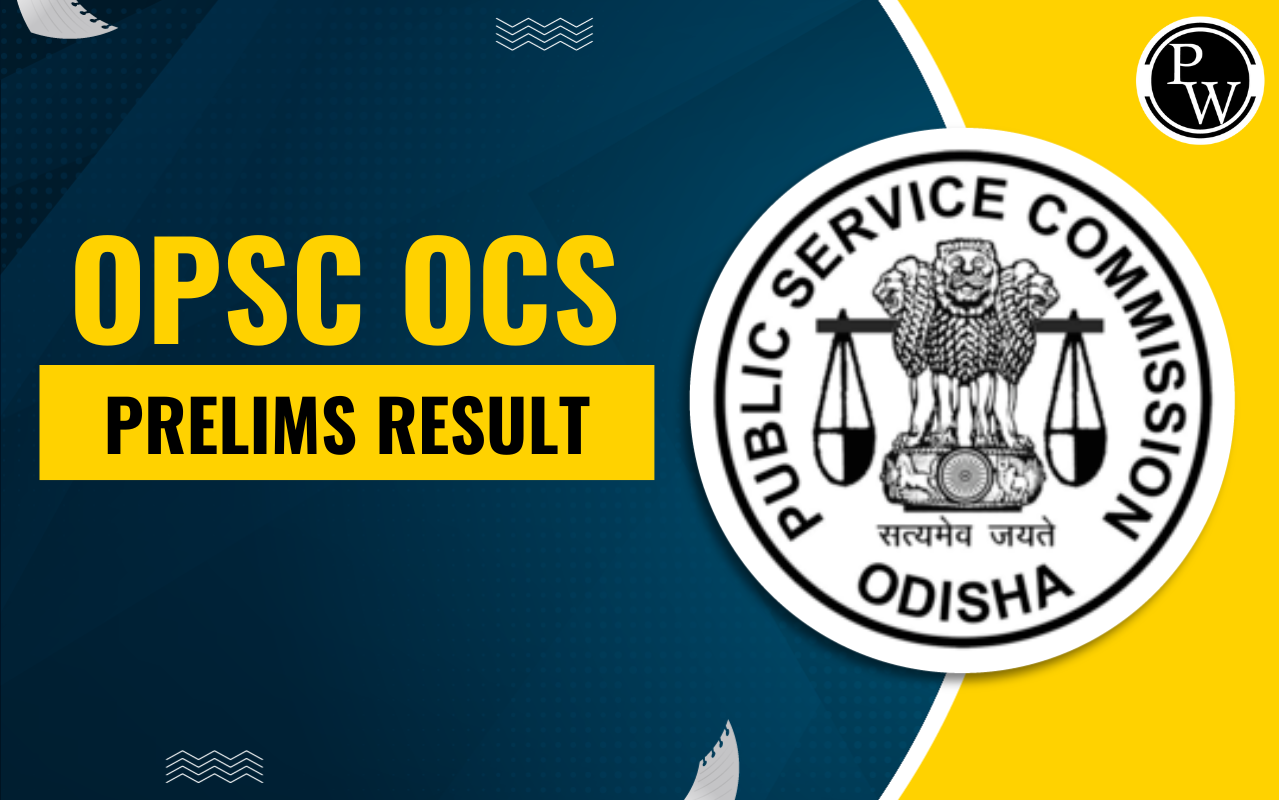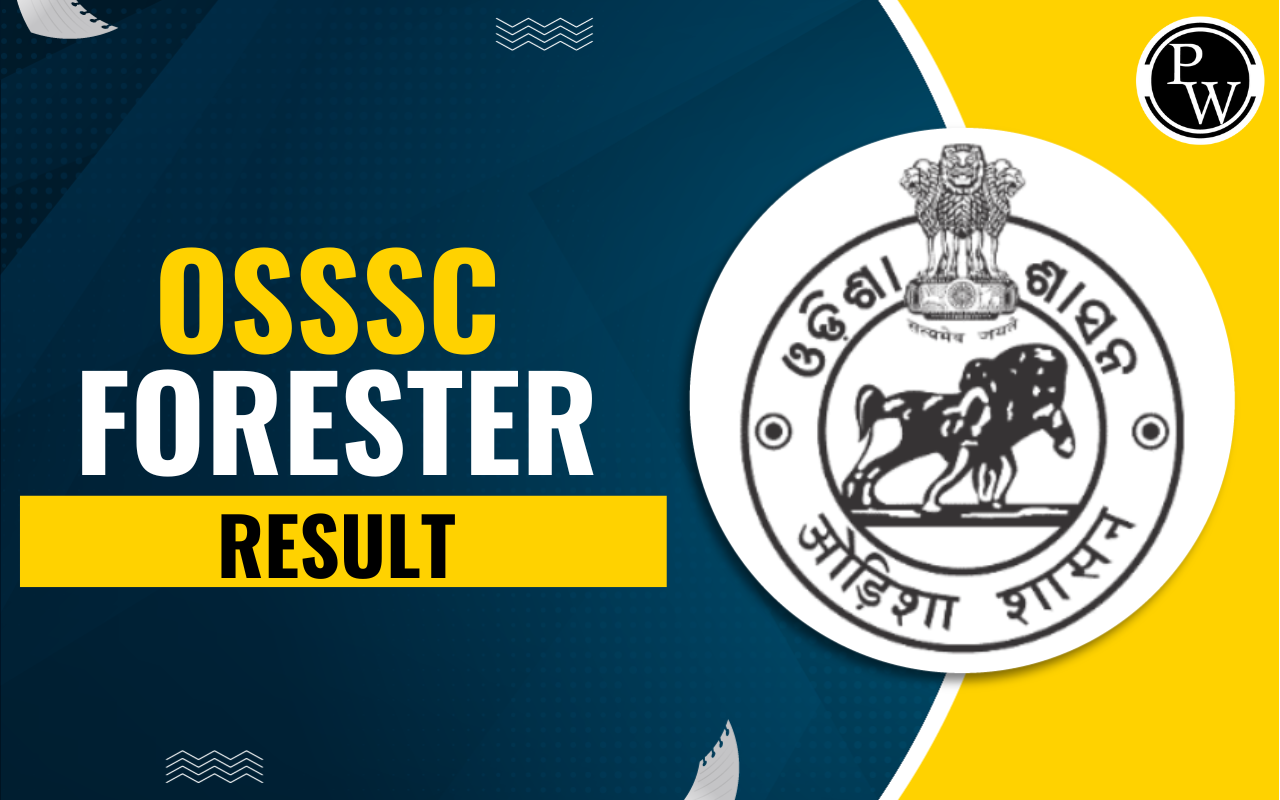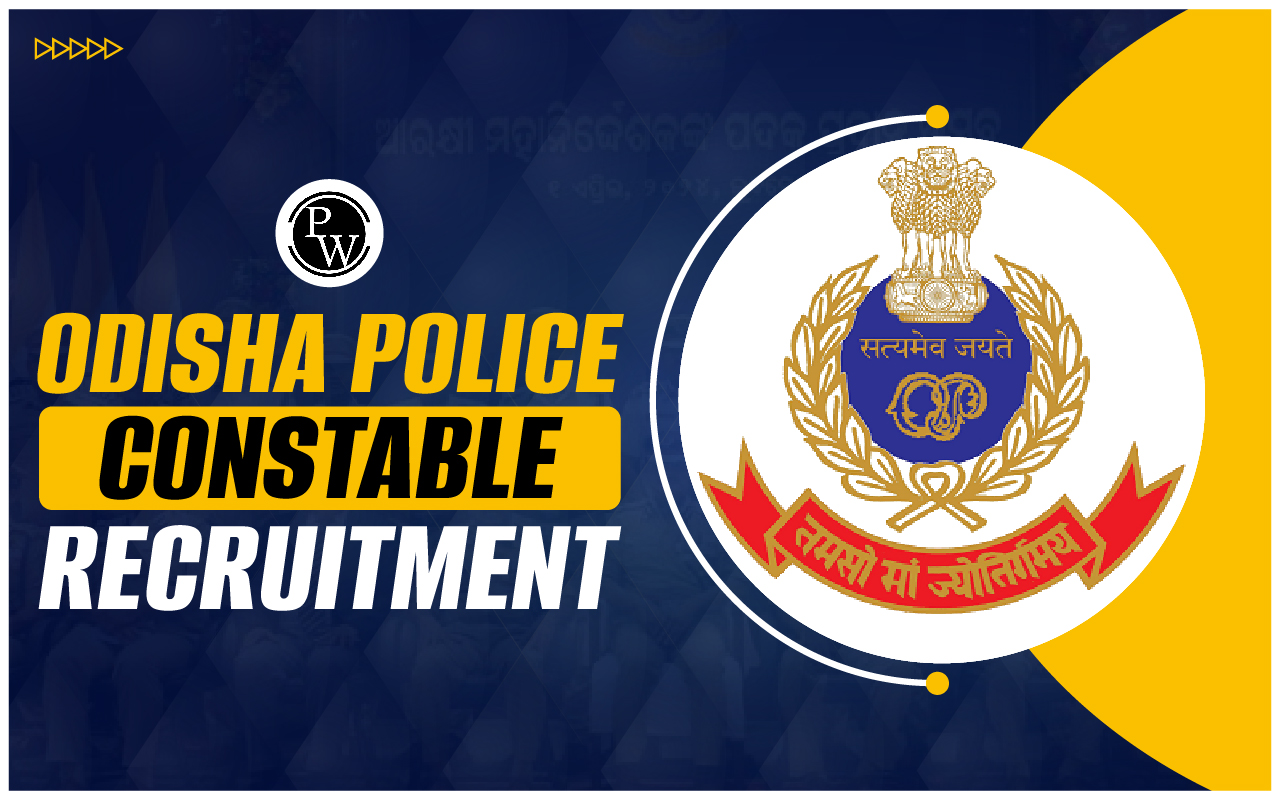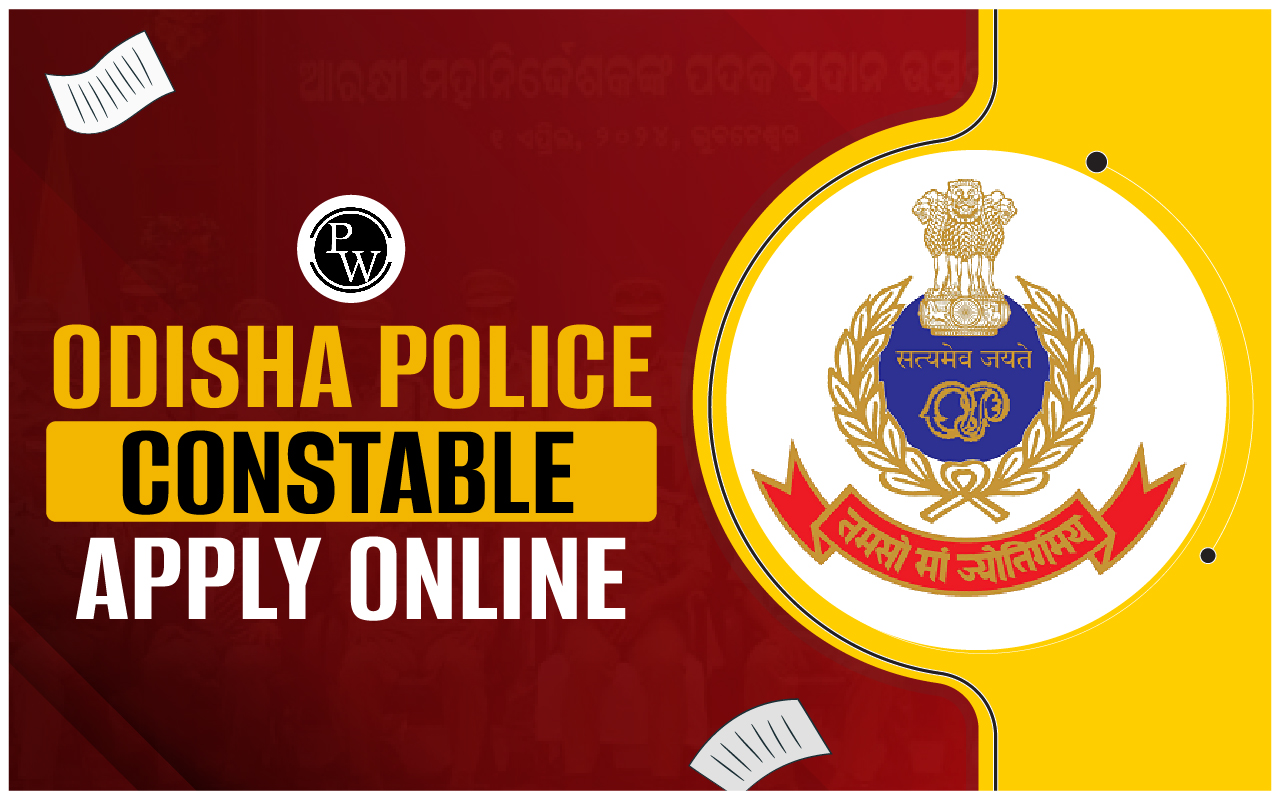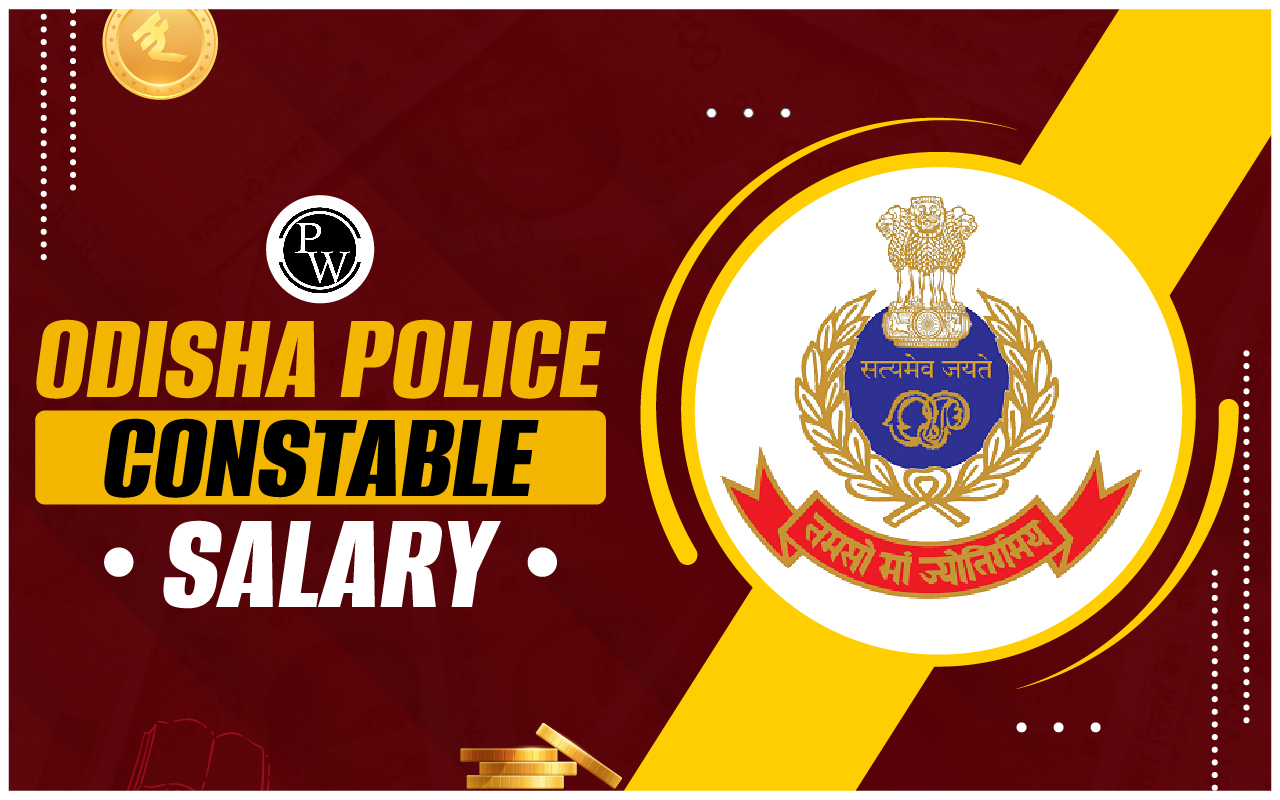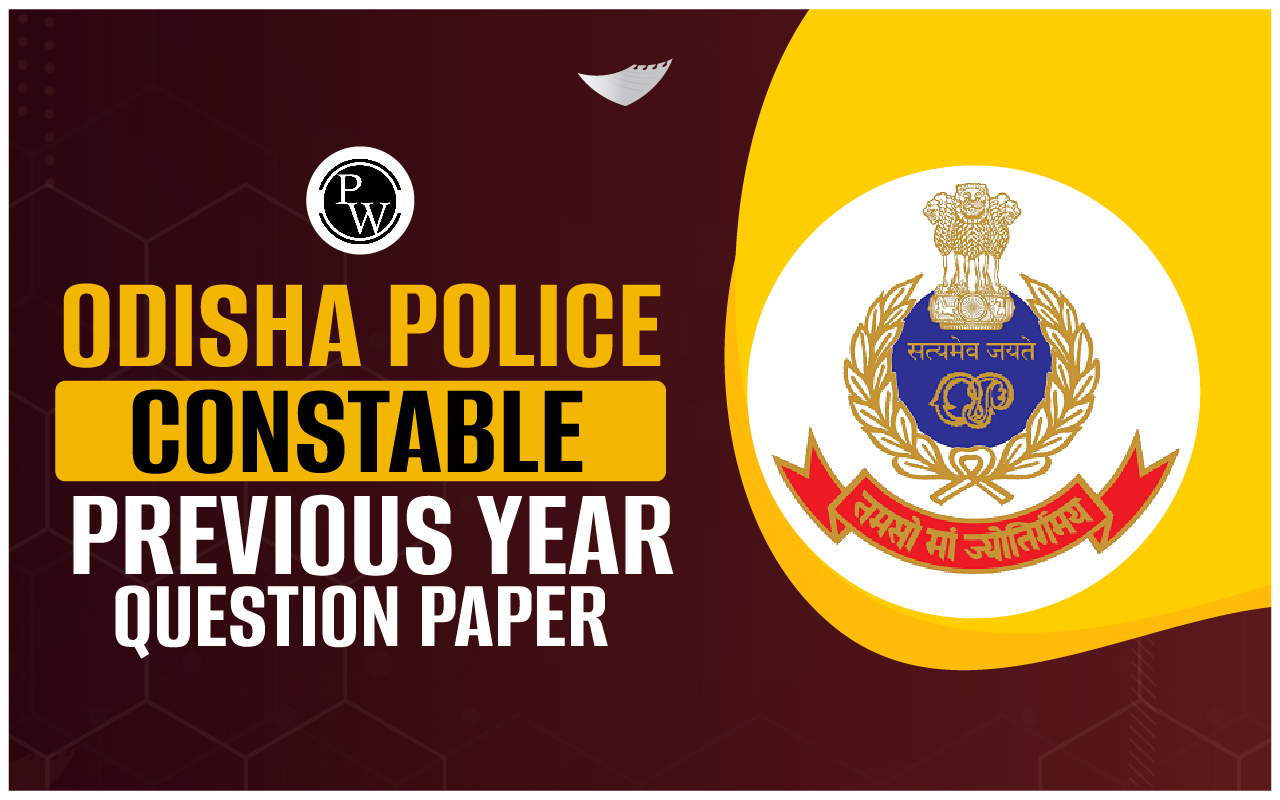
Folk Dances of Odisha: Odisha, a state in eastern India, is famous for its rich cultural heritage, which is clearly reflected in its diverse folk dances. These traditional dances not only showcase the state's vibrant history and customs but also highlight its unique regional variations. From the energetic Ghumura to the graceful Sambalpuri, each dance form has its own distinct characteristics, costumes, and musical accompaniments.
Also read: Soils in Odisha
Folk Dances of Odisha
Odisha's folk dances are deeply based on its social and religious practices. They are performed during various festivals and celebrations, often reflecting themes of nature, mythology, and community life. The dances are typically accompanied by traditional instruments like the dhol, nisan, tamki, and mahuri, which add to their rhythmic charm.
Top Famous Folk Dances of Odisha
Here is the list of some of the most famous folk dances of Odisha: Odissi, the classical dance form with graceful movements; Gotipua, performed by young boys dressed as girls; Chau, a martial dance with storytelling elements; Dalkhai, a tribal dance of the western Odisha region; Kooli, performed by the tribal communities during harvest festivals; and Mahari, a devotional dance performed in temples. Each of these dances has its unique style and cultural significance.
1. Ghumura Dance
Ghumura is a traditional folk dance from the Kalahandi district of Odisha. It is known for its energetic and vigorous movements, performed by men wielding swords and shields. The dance is accompanied by the beats of the Ghumura, a traditional percussion instrument. This dance form is a testament to the martial traditions of the region.
2. Sambalpuri Dance
Sambalpuri dance is a broad term that encompasses various folk dances from western Odisha, including Jaiphula, Dalkhai, Rasarkeli, and more. It is characterized by dynamic movements and colorful costumes, reflecting the rural and tribal culture of the region. Sambalpuri dances are often performed during festivals like Bhaijiuntia and Nuakhai.
3. Dalkhai Dance
Dalkhai is one of the most popular folk dances of Odisha, primarily performed by young women from tribes like Binjhal and Kuda. It is often performed during festivals such as Dusserah and Bhaijiuntia. The dance involves intricate movements and is accompanied by folk music played on instruments like the dhol and nisan. The songs associated with Dalkhai narrate stories from mythology and nature.
Also read: Airports in Odisha
4. Karma Dance
Karma dance is a significant folk dance form performed in honor of Karamsani, the goddess of fate. It is popular among tribal communities in districts like Balangir and Sambalpur. The dance begins on the eleventh day of the bright moon in Bhadra and continues for several days. It involves both men and women dressed in colorful attire, performing to the rhythms of the mandal and cymbals.
5. Chaiti Ghoda Dance
Chaiti Ghoda is another notable folk dance of Odisha, known for its unique blend of martial and equestrian elements. The dance is performed by men dressed as horse riders, showcasing their agility and strength.
6. Gotipua Dance
Gotipua is a traditional dance form that serves as a precursor to the classical Odissi dance. It is performed by young boys dressed as girls, showcasing acrobatic movements and intricate footwork. Gotipua is known for its storytelling through dance, often depicting scenes from mythology.
7. Paika Dance
Paika dance is an energetic form originating from eastern Odisha. It is performed by young men dressed as warriors, enacting battle scenes with swords and shields. The dance is accompanied by the beats of the dhol, reflecting the martial traditions of the region.
8. Chhau Dance
Chhau dance is a popular folk dance form in Odisha, known for its dramatic storytelling and elaborate costumes. It is performed during festivals like Chaitra Parva and often depicts stories from the Ramayana and Mahabharata.
9. Dhap Dance
Dhap dance is a Sambalpuri folk dance performed by the Kandha tribe. It involves both men and women and is typically performed during marriage ceremonies or for recreational purposes. The dance is named after the dhap, a unique musical instrument used in the performance.
Also read: Famous Festivals of Odisha
Regional Variations in Folk Dances of Odisha
Odisha's folk dances vary significantly across different regions, reflecting local traditions and cultural influences.
-
Western Odisha: This region is known for dances like Sambalpuri and Dalkhai, which are deeply rooted in tribal culture and are performed during various festivals.
-
Eastern Odisha: The Paika dance is a notable form from this region, showcasing martial traditions and energetic performances.
-
Southern Odisha: This area is home to dances like the Ghumura, which highlight the martial heritage of the region.
Cultural Significance of Folk Dances of Odisha
Folk dances in Odisha play a crucial role in preserving cultural heritage and promoting community bonding. They are often performed during festivals and celebrations, bringing people together and fostering a sense of unity and shared identity. The dances also serve as a medium for storytelling, passing down myths, legends, and historical events through generations.
Also read: Folk Songs of Odisha
Folk Dances of Odisha FAQs
What are some famous folk dances of Odisha?
What is Odissi dance?
What is Gotipua dance?
What is Chau dance?
What is the significance of folk dances in Odisha?

